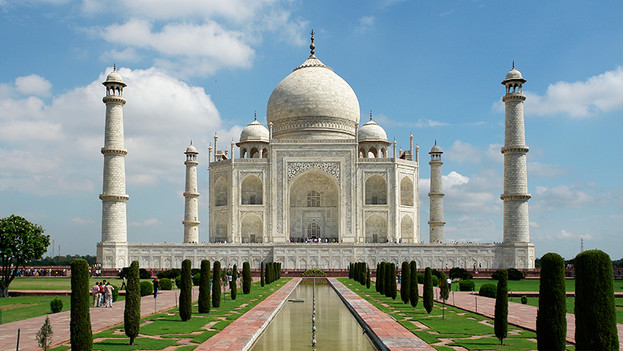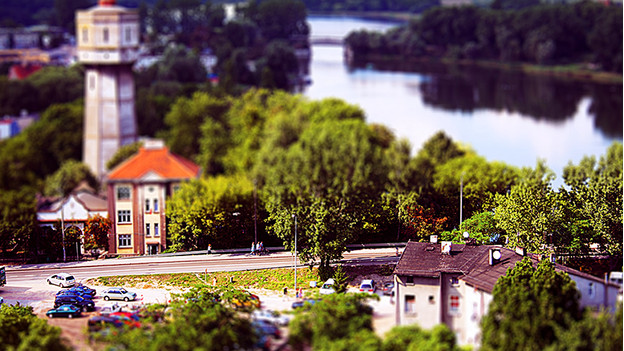
Which lens type should I use for architectural and landscape photography?
Choose a lens for architecture and landscape photography

While looking for a lens for architecture and landscape photography, you'll have a large assortment to choose from. The following lenses are suitable for photographing building and landscapes:
- Wide-angle lenses
- Fisheye lenses
- Tilt shift lenses
Wide-angle lens

When you capture architecture or a landscape, you'd like to fit as much into the image as possible. You can do this with a lens with a short focal length. That's because the smaller the focal length, the larger the image angle. These are called wide-angle lenses. For example, you can capture wide landscapes and large buildings in the city with an 18mm lens. The only disadvantage of a wide-angle lens is the distortion of the image. Some lines in the photo look distorted or 'blown up'.
Fisheye lens

A fisheye lens has an extremely short focal length and a very wide viewing angle. This allows you to capture a lot of the surroundings in one photo. It'll give a very specific and recognizable effect that isn't suitable for every photo. The edges of the image are blown up to the extreme, which causes an unrealistic image. These lenses are mostly used for architecture or interior photography. But also for photographic forests or other landscapes.
Tilt shift lens

To capture large objects entirely in one photo, you sometimes have to tilt your camera upwards. This often results in an unrealistic image with distorted lines. When you use a tilt shift lens, you tilt the lens, which keeps the lines straight. With this lens, it's also possible to move the depth of field area. This allows you to create the 'toy effect', where objects seem smaller than they really are. You can use this for architecture photography, for example.


